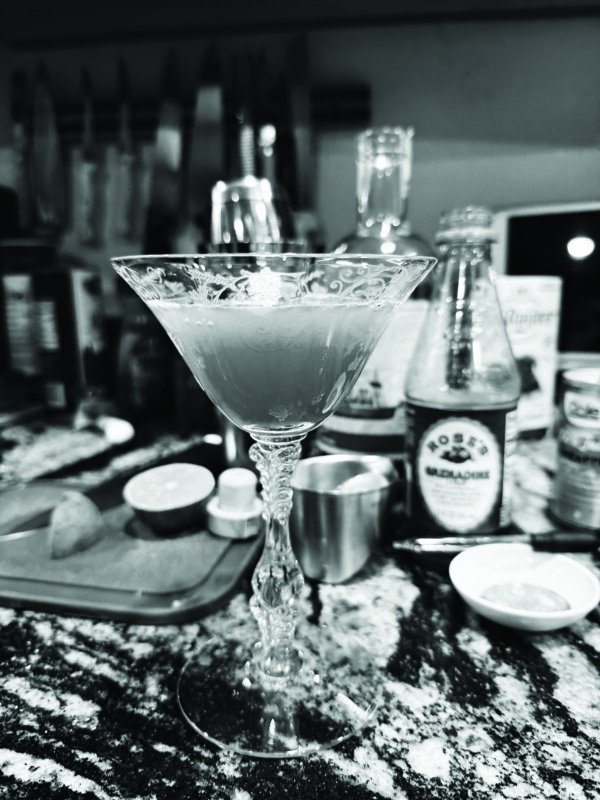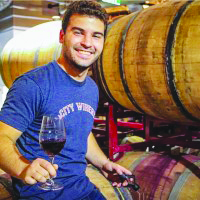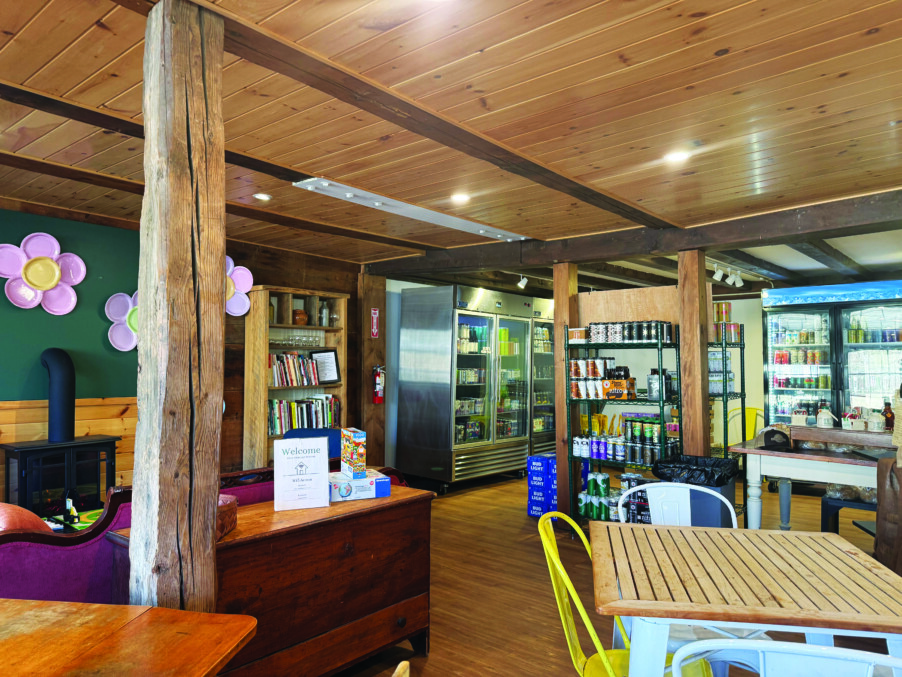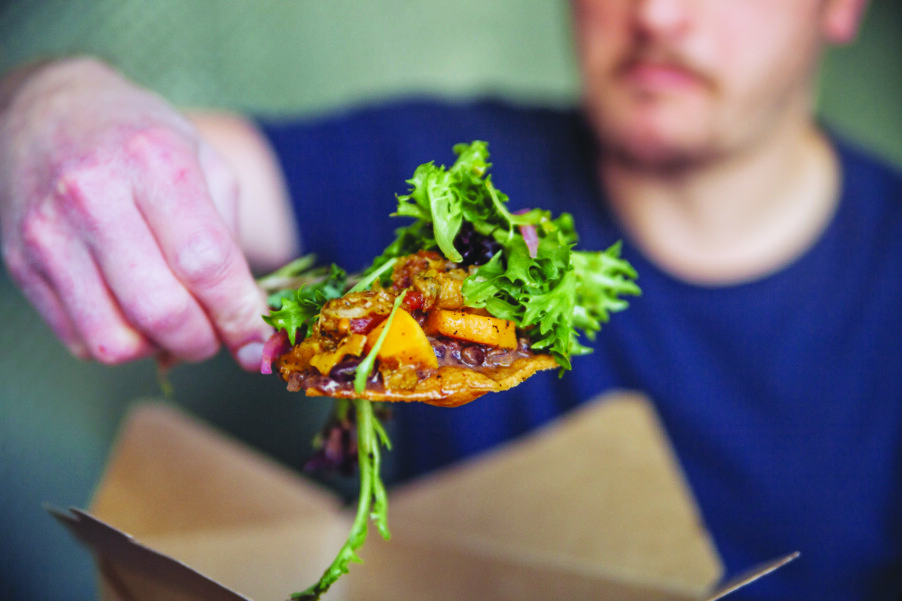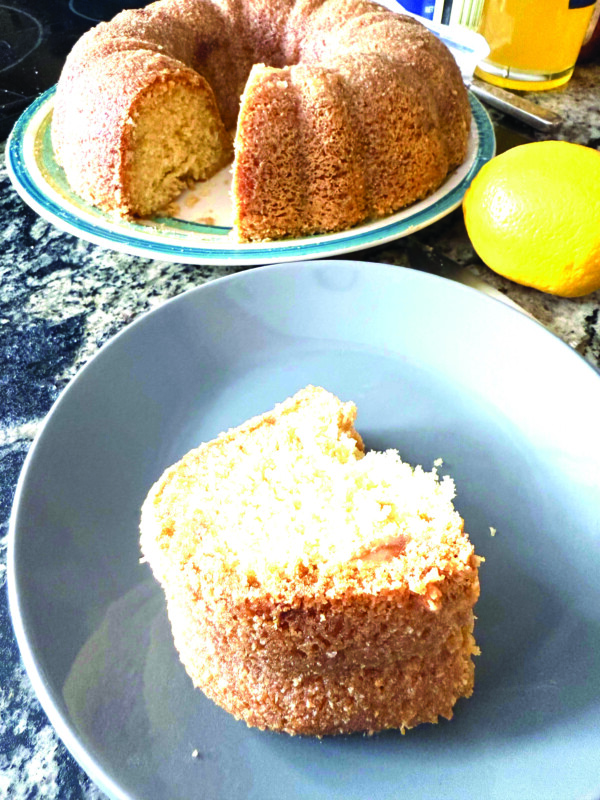She doesn’t come up in conversation very much — not today, anyway; 100 years ago it was a different story — but Mary Pickford was a deceptively powerful woman. She was by far the most popular actress of the silent movie era. She could adopt an innocent look that let her play boys and street urchins as easily as princesses or flappers. Adoring fans would freak out at the sight of her in a way Americans wouldn’t see until The Beatles. At a time when you could buy a very nice house for less than $500, she negotiated a salary of $10,000 a week. When studio heads tried to play tricks with her salary on the assumption that hey, she was just a girl, Pickford — along with her husband, Douglas Fairbanks, the biggest action star of the silent era, and Charlie Chaplin, the biggest star, period — started her own studio, United Artists.
Yes, Mary Pickford hit her peak during Prohibition, but it is still not much of a surprise that there is a classic cocktail called the Mary Pickford.
What is surprising is that it’s not a great cocktail.
A classic Mary Pickford consists of ½ ounce white rum, 1½ ounces pineapple juice, 1 teaspoon grenadine and 6 drops Luxardo maraschino liqueur.
There are any number of good cocktails that use white rum, but it is probably the least flavorful type of rum, and using half an ounce of it raises a number of questions: (a) Why bother? (b) Was this some sort of nod to her delicate beauty, or the fact that she often played children in the movies? (c) Was it some sort of sexist “girls-can’t-drink” attitude on the part of someone who had never met a flapper?
There are some exceptions, but generally I build a cocktail around a base of 2 ounces of spirits. Half an ounce is a little insulting to Ms. Pickford.
Moving on: Many — perhaps most — cocktails served in a stemmed glass, like a Mary Pickford, feature about half as much volume of fruit juice as they do spirits. There is three times as much pineapple juice in this drink as there is rum.
I’ll give you the teaspoon of grenadine. It adds a tiny bit of sweetness and a gentle pink color.
Luxardo? I don’t care for it. But I do agree that this combination could do with some added complexity.
So let’s reconfigure a Mary Pickford — not Mary Pickford herself; she was close to perfect as she was — but let’s build a drink that is more worthy of the name.
First, let’s bump the rum up to a more robust ounce and a half, and let’s make it a rum with some actual flavor — a golden, or possibly a spiced rum.
Then, let’s bring the pineapple-juice-to-rum ratio more into line. Because pineapple juice has a gentle flavor and isn’t as acidic as a citrus fruit, we can still use a bit more of it than the rum, but we’ll bring it closer to parity. Then, because it’s not acidic enough, let’s add some lime juice to give it a little bit of a backbone.
We’ll keep the grenadine. It’s been doing a good job and should be allowed to keep its job.
Finally, let’s add complexity in the form of rosewater. Normally, you have to be extremely careful to limit rosewater to a drop or two, but for some reason — perhaps known only to Mary Pickford herself — this cocktail will support a much larger amount of it than usual.
Let’s go with:
- 1 and 1/2 ounces golden rum
- 2 ounces pineapple juice
- Juice of 1/4 lime
- 1/3 teaspoon rosewater
Combine all ingredients over ice in a cocktail shaker, then shake until very cold. Ask your digital assistant to play “East St. Louis Toodle-Oo” by Duke Ellington.
Strain it into a stemmed cocktail glass.
Now this is a cocktail that Mary Pickford might get behind. The rum provides enough authority to make you take this seriously. The rosewater is feminine but not overwhelming, and the grenadine gives the whole enterprise a slightly pink color. Appropriately enough, two or three of these will give your face that same pink color.
Featured photo: A Mary Pickford. Photo by John Fladd.

